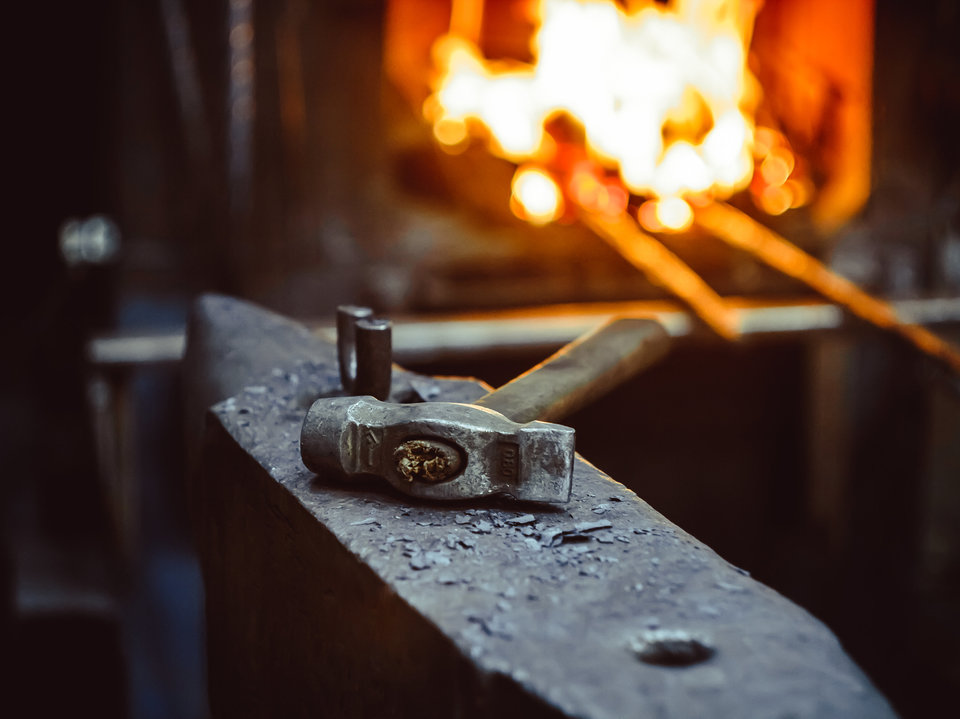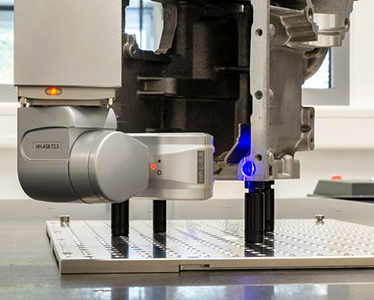Call Us
+86-19858305627
Email Us
sales@maple-machinery.com
Benefits of Forgings and Advantages of drop forging
2023-08-03
Advantages of drop forging
During the rolling of the starting material or during the drop forging itself, defects such as pores and blowholes, which often occur in the production of cast parts, are closed. As a result, forged parts are more stable than cast parts with the same or even lower weight.
Compared to machined components, forged parts have a grain structure that is adapted to the forming process. This means that the grain of the machined component is broken). This results in a high static and dynamic resilience of drop-forged parts, since they can be perfectly adapted to their demands.
.Benefits of Forgings
Since its inception 10,000 years ago, forging has ensured the highest performance, reliability, sustainability and economic efficiency in a wide range of products and parts. Today, these advantages of forging parts become even more important as the operating environment, load, environment and economic requirements increase, so Maple does this and continues to work hard.
Highest performance
Forged components ensure extreme impact strength, particularly in applications with high fatigue and high contact stresses. Their toughness prevents ductile-brittle transition problems and multiply their performance.
Longest Reliability
The construction of forged components allows an uninterrupted fibre flow, which leads to structural reliability. This and their freedom from porosity are especially suited to high-pressure applications.
Best Sustainability
Their outstanding mechanical features lead to a perfect strength-to-weight ratio which enables lightweight construction. Forging components are extremely long lasting and 100% recyclable. The Forging Carbon Footprint is lower than that of competing metalworking technologies.
Economic efficiency
During the rolling of the starting material or during the drop forging itself, defects such as pores and blowholes, which often occur in the production of cast parts, are closed. As a result, forged parts are more stable than cast parts with the same or even lower weight.
Compared to machined components, forged parts have a grain structure that is adapted to the forming process. This means that the grain of the machined component is broken). This results in a high static and dynamic resilience of drop-forged parts, since they can be perfectly adapted to their demands.
Disadvantages of drop forging
The type of process chosen determines the disadvantages of drop forging. The complex die design and the excess material required for the shaping occur in drop forging with a burr.
When drop forging without a burr, the necessary precision causes disadvantages, since the construction of the dies is even more complex than for drop forging with a burr. Compliance with very small tolerances within the process also causes a great deal of effort. Overloading of the die due to volume fluctuations in the pre-products quickly leads to tool failure or to an incompletely filled engraving. This manufacturing method is not suitable for the manufacture of workpieces with a complicated geometry.Benefits of Forgings
Since its inception 10,000 years ago, forging has ensured the highest performance, reliability, sustainability and economic efficiency in a wide range of products and parts. Today, these advantages of forging parts become even more important as the operating environment, load, environment and economic requirements increase, so Maple does this and continues to work hard.
Highest performance
Forged components ensure extreme impact strength, particularly in applications with high fatigue and high contact stresses. Their toughness prevents ductile-brittle transition problems and multiply their performance.
Longest Reliability
The construction of forged components allows an uninterrupted fibre flow, which leads to structural reliability. This and their freedom from porosity are especially suited to high-pressure applications.
Best Sustainability
Their outstanding mechanical features lead to a perfect strength-to-weight ratio which enables lightweight construction. Forging components are extremely long lasting and 100% recyclable. The Forging Carbon Footprint is lower than that of competing metalworking technologies.
Economic efficiency
One million parts – no failure! Forging is ideal for large production volumes as it guarantees constant quality and low total costs.

We use cookies to offer you a better browsing experience, analyze site traffic and personalize content. By using this site, you agree to our use of cookies.
Privacy Policy























































